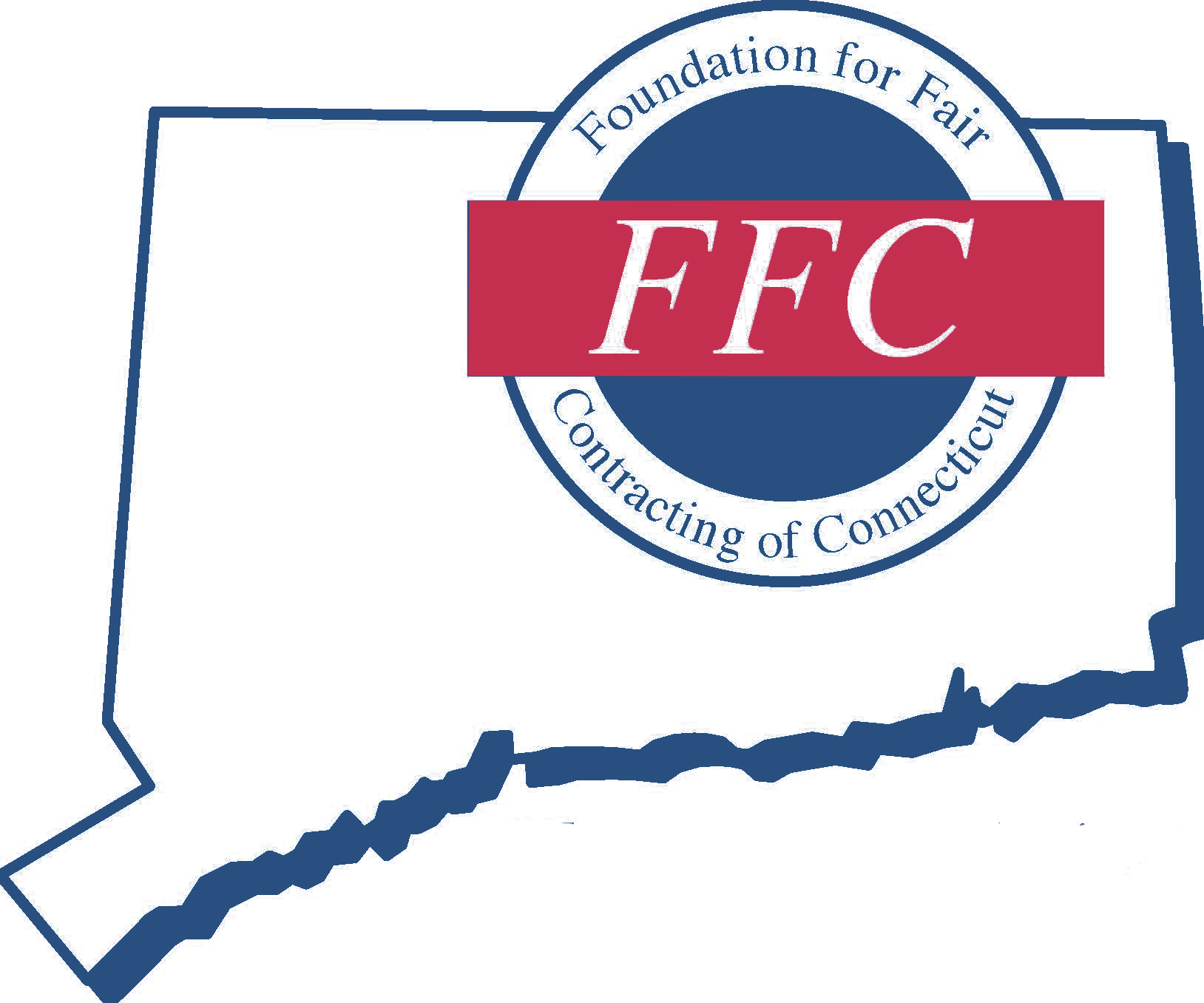“It’s not partisan. It’s not even geographic, in the sense that it’s defined by only big city mayors, or any sort of specific factor — if you’re connected via a railroad, which almost every community in the United States is actually, whether they know it or not, there’s been a resurgence and focus about how rail can make a difference and be part of a community’s mobility strategy,” explained Mitch Warren, who moderated the event and serves as executive director for the quasi-public Northeast Corridor Commission. That effort, dubbed NEC Future, provides the menu of options for how roughly $16.4 billion of new federal dollars — and any other federal funding over the next three or four decades — can be spent on the corridor between Washington D.C. and Boston, except for the ninety-odd miles of unresolved corridor between New Haven to Providence. Called the New Haven to Providence Capacity Planning Study, the study will recommend a new off-corridor route that meets goals for time and capacity included in the 2017 NEC Future Record of Decision. Whether that means a return to the controversial idea of a bypass through coastal southeastern Connecticut, or a direct route between Hartford and Providence is not yet clear, though a recent interview with Congressman Joe Courtney hinted that the direct inland route may already be off the table.
Eastern Connecticut the Odd Man Out as Powerhouse Gathering in Stamford Pitches High-Speed-Rail

